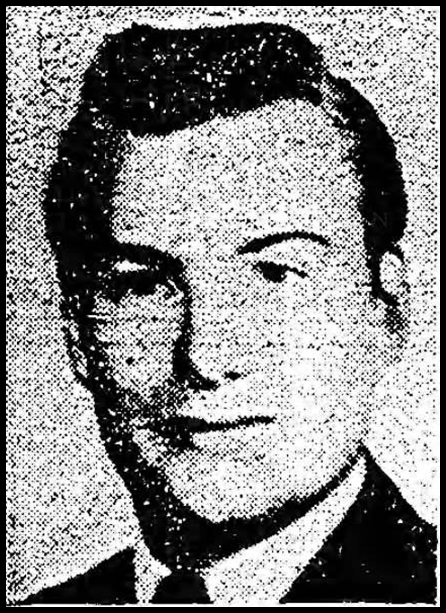PRINDLE-RICHARD
RICHARD THOMAS PRINDLE

AMS3

COLD WAR FATALITY - 4/15/1969
The death of Aviation Structural Mechanic Third Class Richard Thomas Prindle occurred during a significant incident in the history of the United States but because of the nature of the incident only a small group of people knew of it at the time and the media gave the incident only slight notice.
Shortly after World War II the U.S. initiated a program to monitor and gather radar and electronic signal information by flying aircraft near Soviet Bloc nations while remaining safely in international waters. Hundreds of flights were conducted, mostly without incident. Crewmembers were sworn to secrecy and when crewmembers were occasionally lost their family was routinely informed it had been a training accident.
Unfortunately, on April 15, 1969 one of the aircraft was shot down by North Korea. At 7:00am, Lockheed EC-121M electronic surveillance aircraft (BUNO 135749), callsign Deep Sea 129, took off from Atsugi, Japan, on a routine mission with a crew of 31. The crew size was higher than normal as in addition to the normal crew it carried additional members under training. AMS3 Prindle was a crewmember, assigned as the Plane Captain. The aircraft route was a racetrack pattern about 100 miles off the coast of North Korea with strict orders to not venture closer than 50-nautical miles from the coast. About six hours into the mission, radars in South Korea, which were tracking the flight, detected the takeoff of two North Korean MIG-21s and tracked them as they approached the path of Deep Sea 129. At 1:44PM a message was sent to Deep Sea 129 that it might be under attack. The message was acknowledged, and the mission was aborted as the plane turned towards its intended final destination in South Korea. At 1:47PM the radar tracks of the MIGs merged with that of Deep Sea 129 which disappeared from the radar pictures two minutes later.
Although the exact details of the attack have never been revealed, it is assumed than a single air-to-air missile destroyed Deep Sea 129 as almost immediately the North Korean press broadcast that a “single shot” downed the “plane of the insolent U.S. Imperialist aggressor army…reconnoitering after intruding deep into the territorial air.” Surveillance flights were halted but resumed three days later, only after presidential orders for fighter escorts. All thirty-one crewmen were lost. During the following days, an extensive search was conducted, and aircraft debris was discovered about 90-miles off the coast of North Korea. Only two bodies were ever recovered. No reparations were ever paid to the U.S. or the families of the lost airmen. The incident marked one of the greatest single loss of life during the Cold War and remains little noted even today. Due to the nature of these intelligence gathering missions, there are a number of heroic people and actions whose stories have not been told.
Readily available historical records are scarce concerning AMS3 Prindle, whose body has never been found. He was survived by parents who were living in Morton Grove, Illinois.

LOCKHEED EC-121M, BUNO 135749, IN FLIGHT
Submitted by CDR Roy A. Mosteller, USNR (Ret)

